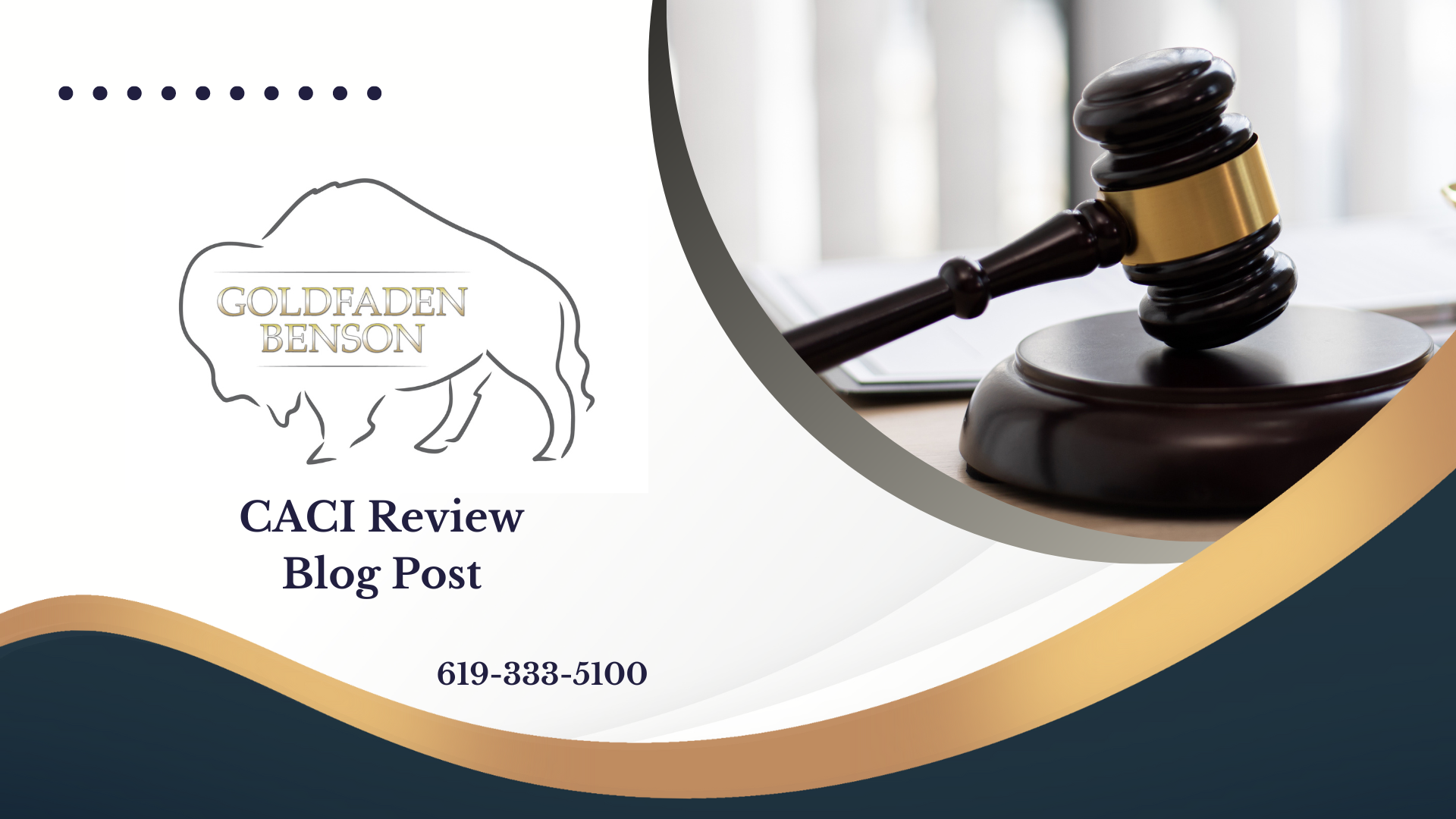Title: Understanding Premises Liability and the Burden of Proof in California
Premises liability is a significant aspect of personal injury law, addressing incidents that occur on someone else’s property. When someone is injured due to unsafe conditions—like a wet floor or broken railing—they may have grounds to file a claim against the property owner. But proving this liability involves specific legal elements, which we will discuss in this article.
What is Premises Liability?
In simple terms, premises liability ensures that property owners maintain a safe environment for visitors. This area of law is rooted in the principle that a property owner has a responsibility to keep their property free of hazards that could cause harm.
When individuals visit a property, whether it’s in a residential, commercial, or public space, they have the right to expect that the space is safe. If the property is found to be unsafe, and someone gets injured, that property owner could be held liable for damages.
Essential Elements to Prove in Premises Liability
To have a successful premises liability claim in California, a plaintiff, or the injured party, must prove the following key elements:
1. **Duty of Care**: The property owner must owe a duty of care to the person injured. This typically exists between landowners and visitors (invitees, licensees). The extent of this duty can vary depending on the relationship between the person injured and the property owner.
2. **Breach of Duty**: The plaintiff must show that the property owner breached that duty of care. This means demonstrating that the owner failed to act as an ordinary, reasonable person would have under similar circumstances. For example, if a store owner fails to clean up a spill promptly, this may be seen as a breach of duty.
3. **Causation**: There must be a direct link between the property owner’s breach of duty and the injuries suffered by the plaintiff. The plaintiff needs to prove that it was the unsafe condition that caused their injury, not something unrelated.
4. **Damages**: Finally, the injured party must provide evidence of actual damages. This includes documenting medical expenses, lost wages, and pain and suffering that resulted from the accident.
Relatable Scenarios
Imagine you visit a grocery store, and you slip on a wet floor that hasn’t been cordoned off. As a result, you sustain injuries. If you decide to pursue a claim against the store, you’ll need to demonstrate:
- The store had a duty to keep its floors safe.
- The store breached that duty by not placing a warning sign near the wet area.
- Your injuries resulted from that fall.
- You incurred medical bills and missed work because of your injuries.
Each of these elements must be carefully proven to enhance your chances of a successful claim.
What Should You Do Next?
If you find yourself in a situation where you believe you've been injured on someone else's property due to unsafe conditions, it's important to document everything. Take photos of the scene, gather witness information, and seek medical attention.
Understanding the nuances of premises liability can be tricky, but our team at Goldfaden Benson is here to help you navigate your options. If you have questions about your specific circumstances or need assistance with your case, reach out to us to schedule a consultation. Visit our [contact page](https://www.goldfadenbenson.com/contact-us) for more information.
Whether you're a visitor or a property owner, knowing your rights and responsibilities can help you avoid future incidents. Always ensure to address any potential hazards promptly.
Your safety is important, and we are here to ensure your rights are protected.








